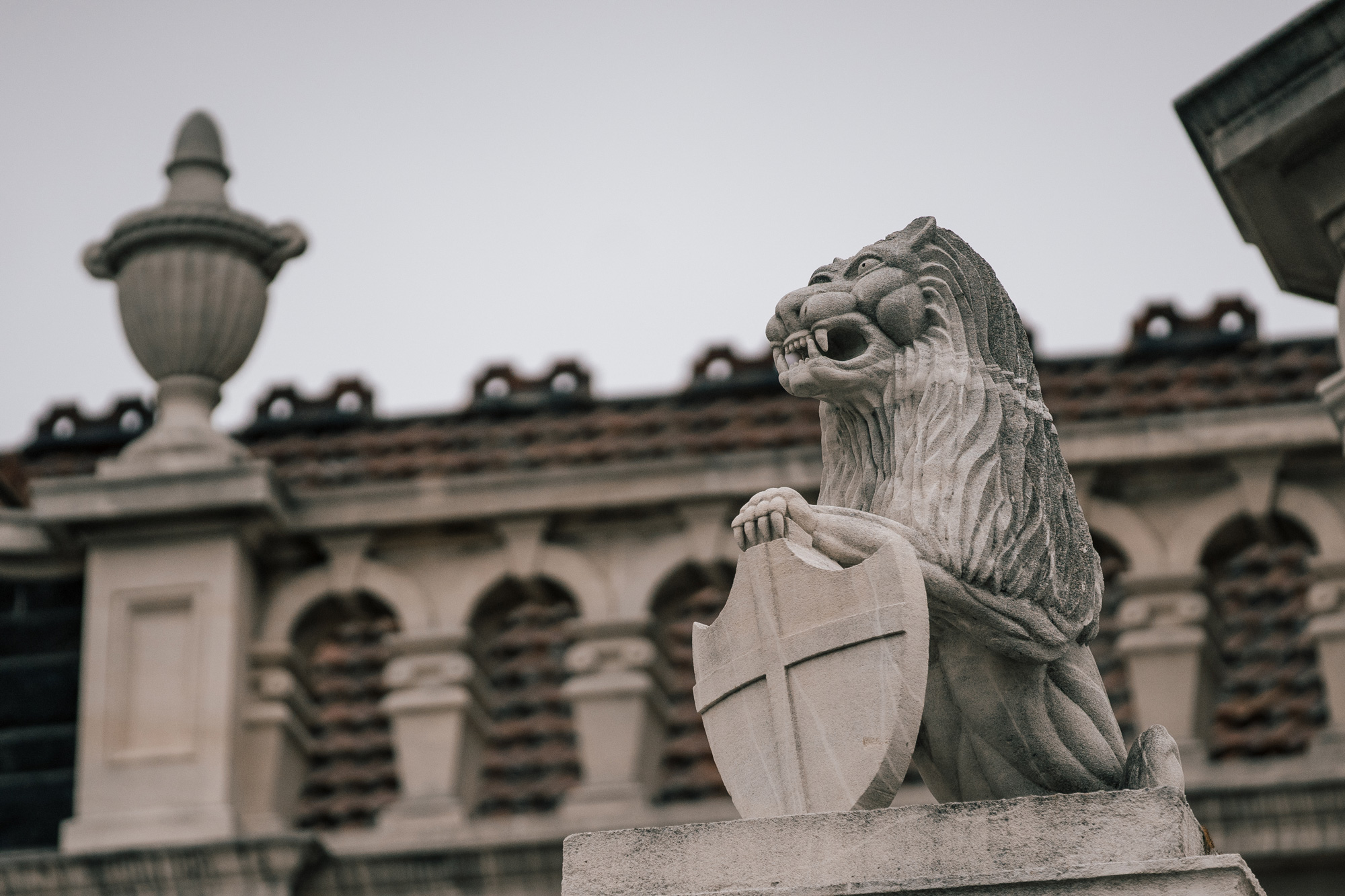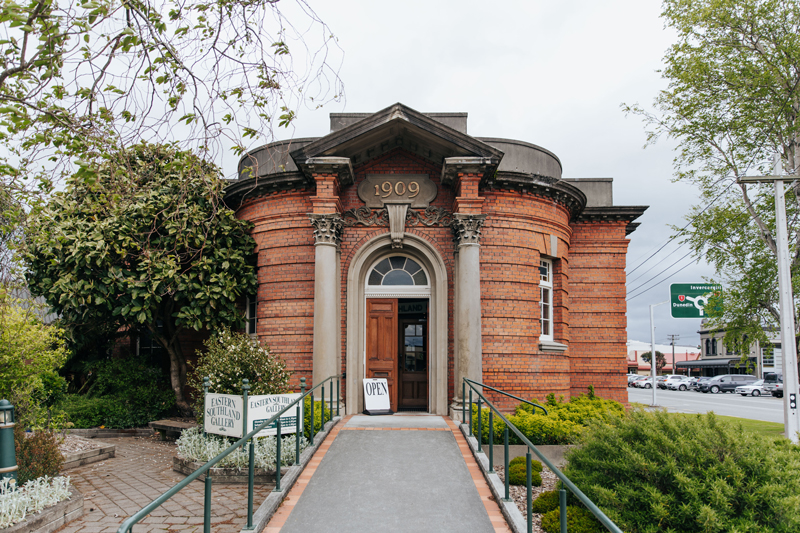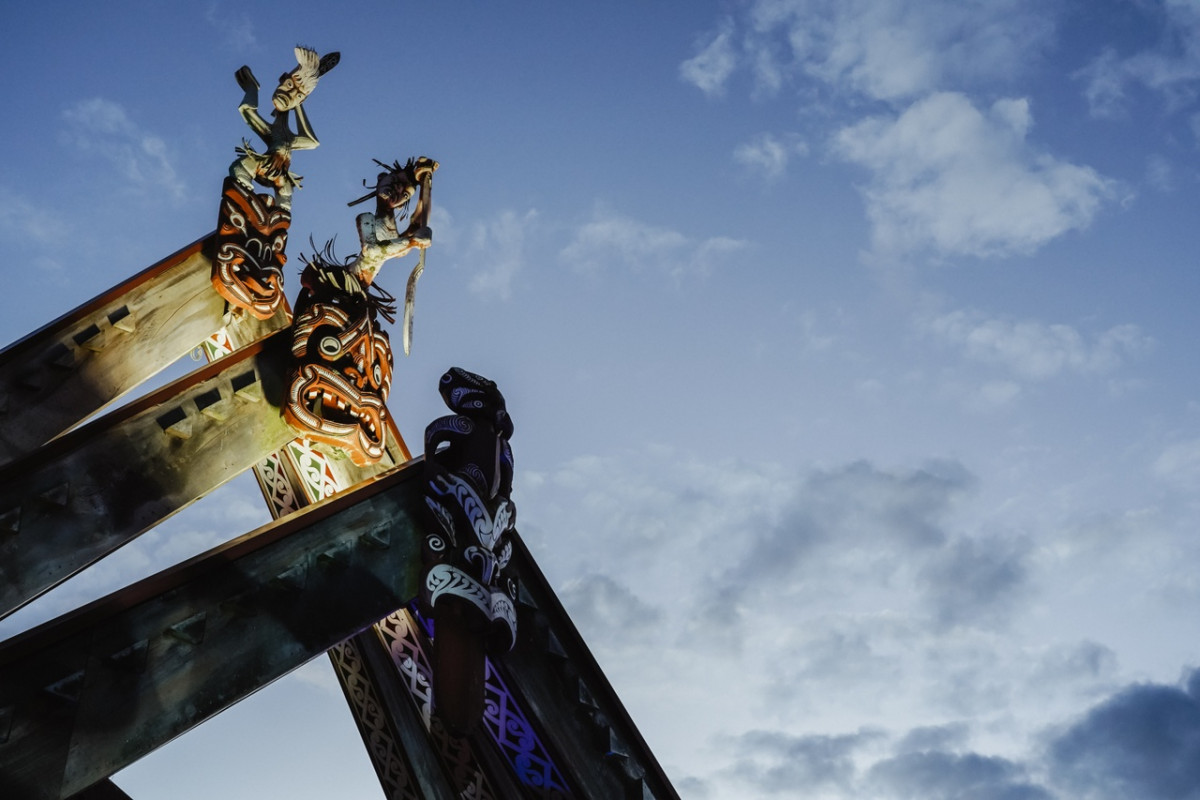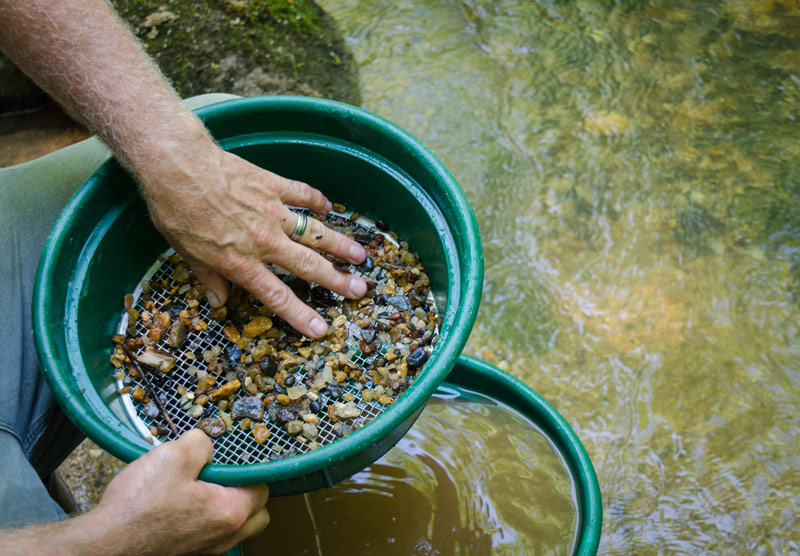

Arts & Heritage
Explore Southern Way's arts and heritage scene, from its captivating Victorian and Edwardian architecture to its diverse museums, art galleries, and cultural festivals.
Otago's Tohu Whenua sites are the heart of New Zealand's heritage. They narrate our pioneering spirit, innovations, and economic foundations, reflecting our rich history and thriving present.
Southern Way is rich, diverse, and well worth experiencing.

Architecture
Otepoti, Dunedin, is known as the ‘Edinburgh of the South’, for its Scottish settlers, who designed the city to be a taste of home. The beautiful building of the city, including the University of Otago and the Dunedin Railway Station, are built in the Edwardian and Victorian style. Discover New Zealand’s only Castle, Larnach Castle built 1871 by William Larnach, merchant baron and politician, for his beloved first wife Eliza.
Oamaru's Harbour Street, is New Zealand's most complete Victorian streetscapes, where you can walk down a piece of history. Today it houses galleries, boutique shops, and cafes.
Invercargill has an excellent heritage trail that showcases the city's European beginnings and its prosperity and commercial importance during this period. Download a heritage trail map from the website and explore the city via its architecture.


Art Scene
The art scene in New Zealand is strong and there is a wealth of art galleries littered throughout the region. The Eastern Southland Gallery in Gore is one of the regions, if not one of Aotearoa’s, best kept secrets, and an absolute hidden gem. The gallery owns several art collections that are on display, including that of renowned New Zealand Artist, Ralph Hotere.
Dunedin has a large variety of art, including the incredible street art, the Dunedin Public Art Gallery has an excellent selection of British and European works. Within a 20 minute walk of here, you will find at least 20 art galleries.
As a UNESCO City of Literature, Dunedin is a magnificent example of a small city that lives, breathes and connects through its people, its culture and its intense love of literature. You can do your own research and visit some of the historic places, or you can take a guided tour.
Queenstown and Wanaka also have a vibrant cultural scene which includes musicians, dancers, with exciting cultural activities and art exhibitions throughout the year. We are lucky to have a wide range of art galleries, showcasing both local and national artists.

Te Ao Māori
Nau mai, haere mai ki te kaupapa o Tohu Whenua
Long before European settlers, the Māori people had lived here for hundreds of years, with the earliest confirmed settlement in 1300! Throughout the Southern Way, there are remnants of these settlements and through the Waitaki Valley are some of the most accessible Māori rock drawings and shelters.
The Southern Way is the home to many Rununga (subtribes), each with their own unique history and stories. The Otago Museum Tangata Whenua gallery tells the story of Māori arrival, ancestry and achievement. Te Hikoi Museum and Information Centre, located in the township of Riverton, features authentic life size displays, adventurous characters and engaging stories that reveal how early Māori and Europeans adapted to survive on nature's edge and live together.
There are many sacred Mahinga Kai (food gathering) sites, that were important stops for tribes as they travelled through regions. For further information on these sites and the paths that were taken, visit the official Ngai Tahu site.

The Goldrush
In the 1860’s, New Zealand’s gold rush started. It created towns and villages, where there were none before and has left a lasting legacy in our region.
Gabriels Gully, near Lawrence, was the site of Otago’s first major gold discovery, which led to the Otago gold rush of the 1860’s. By 1862, Lawrence had a population, double the size of Dunedin. It was finding gold at this site that started the biggest gold rush in the world. Take the easy 80 minute walk through the remains of the gold field.
Like many other towns, when gold was discovered in the Arrow river by one of the shearers from a nearby station, there wasn't actually a town there. It grew out of the gold industry, but in two very different ways. Arrowtown is one of the best examples of this and you can see the contrast between the wealthy European merchants, their shops and cottages, and the Chinese settlers mud cottages just metres away, on the edge of the Arrow River.
Naseby also has a rich gold mining history and at the height of the goldrush, was home to 5000 residents and 22 hotels! Now, what remains is a village of 100 permanent residents that attracts holiday makers for its beautiful location, safe family environment, epic mountain bike trails and fun activities like curling.